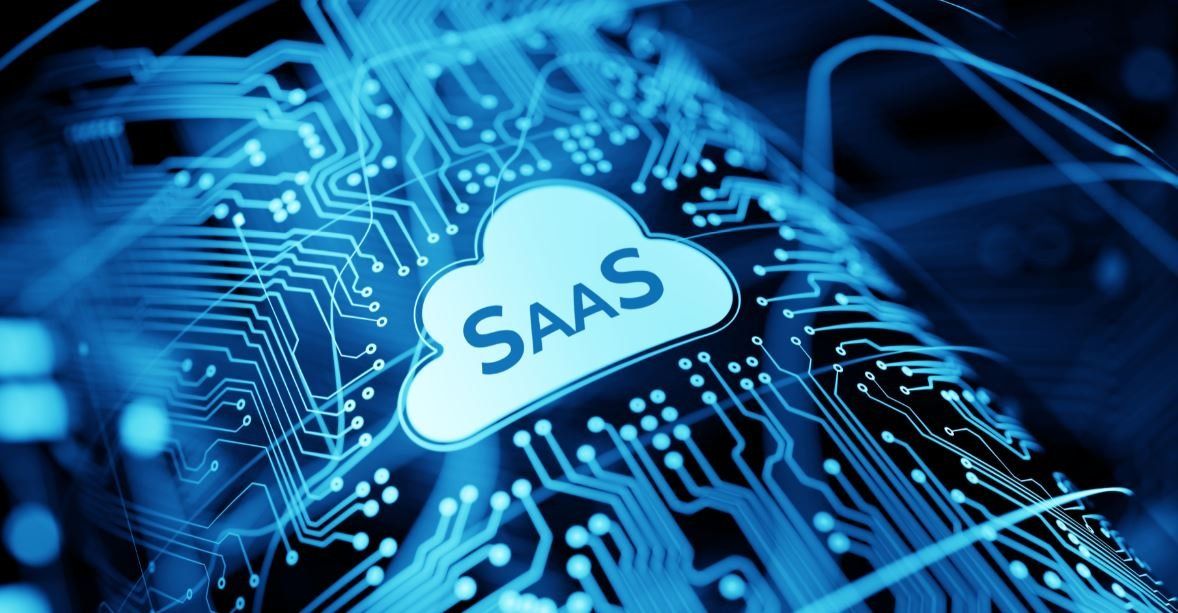Software as a service (SaaS) is a software distribution model in which a cloud provider hosts applications and makes them available to end users over the internet.
How does SaaS work?
SaaS works through the cloud delivery model. A software provider will either host the application and related data using its own servers, databases, networking and computing resources, or it may be an independent software vendor (ISV) that contracts a cloud provider to host the application in the provider's data center. The application will be accessible to any device with a network connection. SaaS applications are typically accessed via web browsers.
As a result, companies using SaaS applications are not tasked with the setup and maintenance of the software. Users simply pay a subscription fee to gain access to the software, which is a ready-made solution.
Organizations can integrate SaaS applications with other software using application programming interfaces (APIs). For example, a business can write its own software tools and use the SaaS provider's APIs to integrate those tools with the SaaS offering.
SaaS Capabilities
Connected, cross-business solutions: Connect and optimize cross-departmental business processes. Gain a holistic view of your entire business.
Faster, more flexible update paths: Access new capabilities on a quarterly basis. Choose to update at the speed of your business, not on a provider’s timetable.
Easy personalization: Quickly personalize solutions for your business needs. Preserve valuable customizations through updates.
Data portability: Share and/or move data across SaaS, on-premises, and private cloud applications. Quickly prepare, visualize, and analyze data to see trends and patterns. Incorporate third-party data for rich analytics.
Built-in analytics: Access data in real-time. Avoid expensive, time-consuming data-egress costs.
Faster innovation leveraging embedded technologies: Enhance productivity with built-in self-learning and adaptive intelligence. Innovate quickly and continuously across the entire value chain with AI, machine learning, chatbots, digital assistants, IoT, blockchain, and other emerging technologies.
SaaS Advantages
SaaS removes the need for organizations to install and run applications on their own computers or in their own data centers. This eliminates the expense of hardware acquisition, provisioning and maintenance, as well as software licensing, installation and support. Other benefits of the SaaS model include:
- Flexible payments: Rather than purchasing software to install, or additional hardware to support it, customers subscribe to a SaaS offering. Transitioning costs to a recurring operating expense allows many businesses to exercise better and more predictable budgeting. Users can also terminate SaaS offerings at any time to stop those recurring costs.
- Scalable usage: Cloud services like SaaS offer high Vertical scalability, which gives customers the option to access more or fewer services or features on demand.
- Automatic updates: Rather than purchasing new software, customers can rely on a SaaS provider to automatically perform updates and patch management. This further reduces the burden on in-house IT staff.
- Accessibility and persistence: Since SaaS vendors deliver applications over the internet, users can access them from any internet-enabled device and location.
- Customization: SaaS applications are often customizable and can be integrated with other business applications, especially across applications from a common software provider.
Future of SaaS
SaaS has become the dominant software model in the 21st century because it helps companies operate with increased ease, intelligence, and quality. The next generation of SaaS will continue to help your business stay ahead of the competition by delivering more capabilities to employees and customers — efficiently and cost-effectively.
It’s not only about being fast. It’s about being smart too. The world is becoming more complex every day and companies need straightforward solutions to help them cut through clutter to deliver real value. The next iteration of cloud computing and SaaS will help them meet the moment.
HAKOVO uNIFIED Customs Clearing House (uCCH) SaaS platform is for trade compliance and documentation, while improving the visibility and traceability of cross-border supply chains. By automating processes in customs clearance and data classification, we seek to improve productivity, reduce error and costs, avoid delays and increase revenue.
Join the thousands of companies from across Asia who trust HAKOVO as their trade and compliance partner!!



